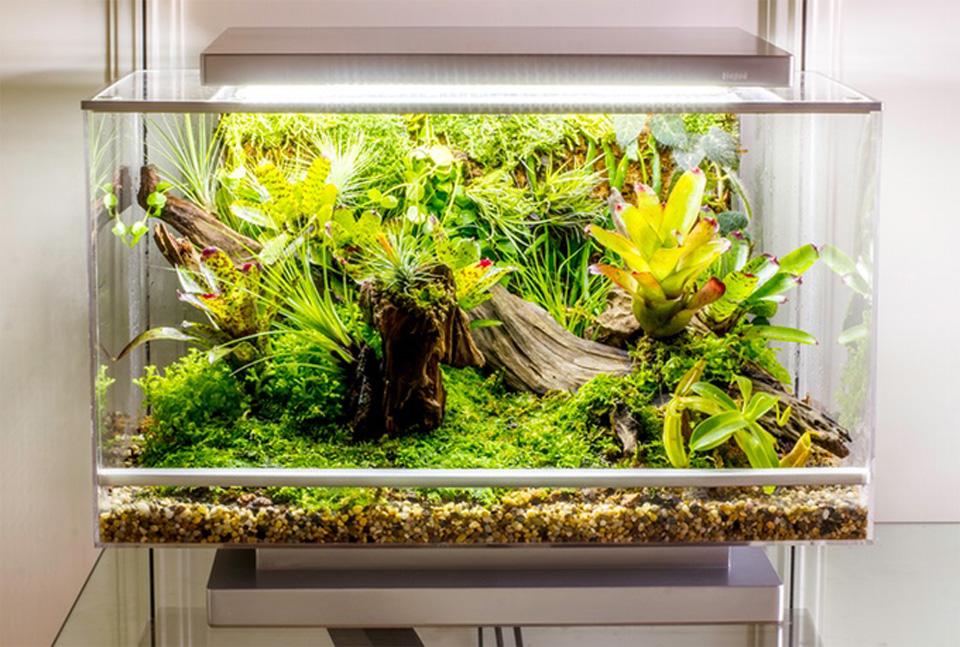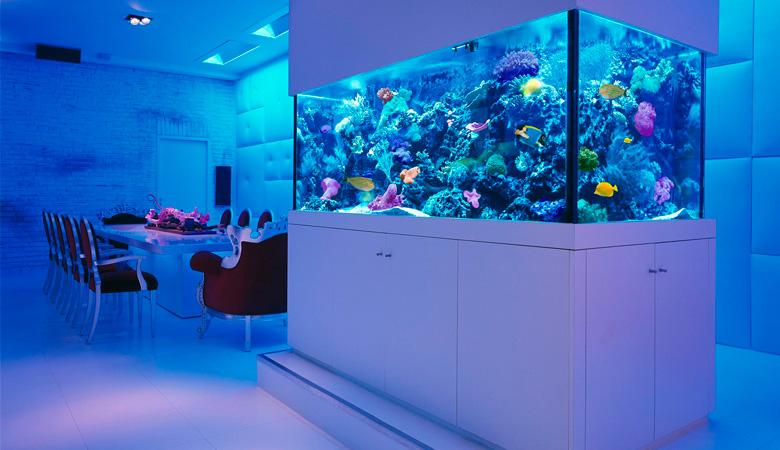An aquarium is not child’s play, but a complex process consisting of a dialogue between ecology, hydrochemistry, biology, genetics, electrical engineering, etc. It is necessary to acquire knowledge on how to clean the aquarium, as in some cases, inept cleaning can lead to the death of its inhabitants. And most importantly, you need to understand which fish can be in the aquarium, interact and thrive, and which ones cannot.
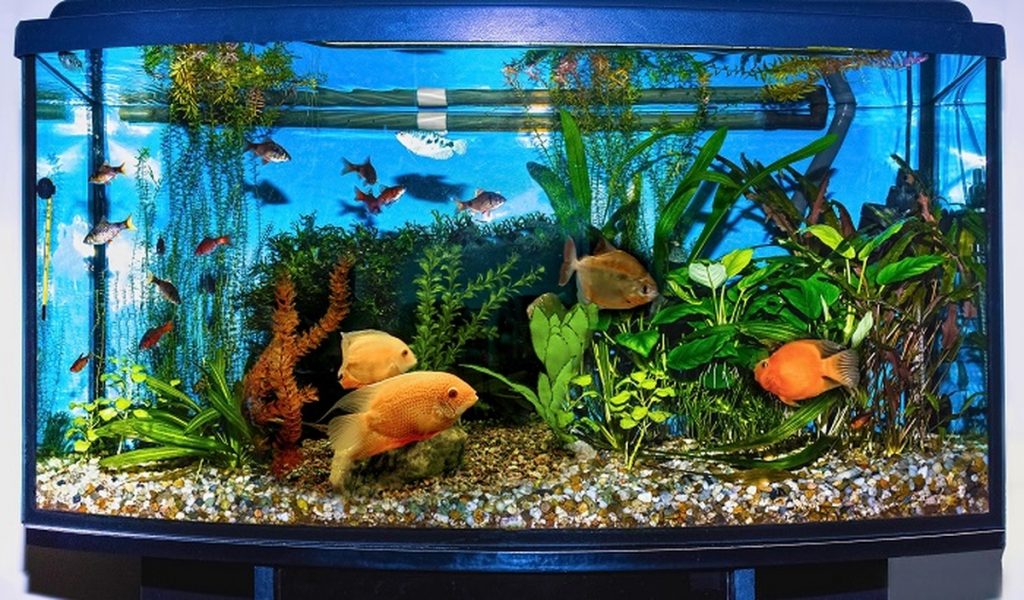
The first question that arises in front of beginners in the aquarium trade is: which aquarium to choose?
We advise you to give preference to a rectangular aquarium rather than a round one in order to avoid complicating the cleaning of the aquarium and to make the living conditions in it as comfortable as possible.
The best proportions are 2:1:1 (the height and width of the aquarium should be approximately equal, and the length of the aquarium should be twice the width). Optimal are aquariums from 50-60 liters to 150 liters. If you want to put a lot of fish in an aquarium, choose two small tanks over one large one.
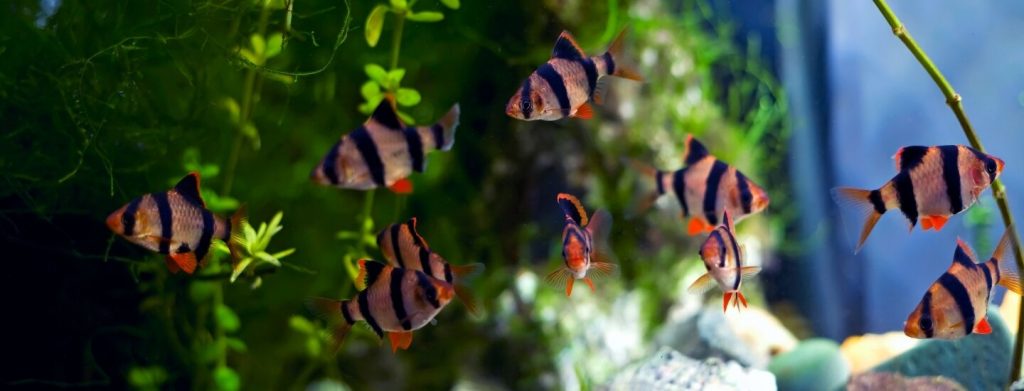
Before use, the aquarium must be thoroughly washed and filled with water for several days to check it for leaks and leaks.
Step 1. Soil and algae.
The best soil for an aquarium is coarse river sand. The thickness of the soil layer must be at least 5 cm. The entire soil must be thoroughly washed to clear water. After that, boil it for 15 minutes and stir constantly. When the sand is ready, pour it in an even layer on the bottom of the aquarium.
A few words about algae. Of course, you can replace living plants with artificial ones and install ingenious devices that provide the necessary climate … However, nothing can replace real plants. Devices can break down, fail, electricity can turn off, and algae and plants will work like clockwork. Aquatic plants are the heart of the aquarium, they turn it from an artificial showcase into an amazing underwater world. All the algae that you have prepared can be immediately identified in place.
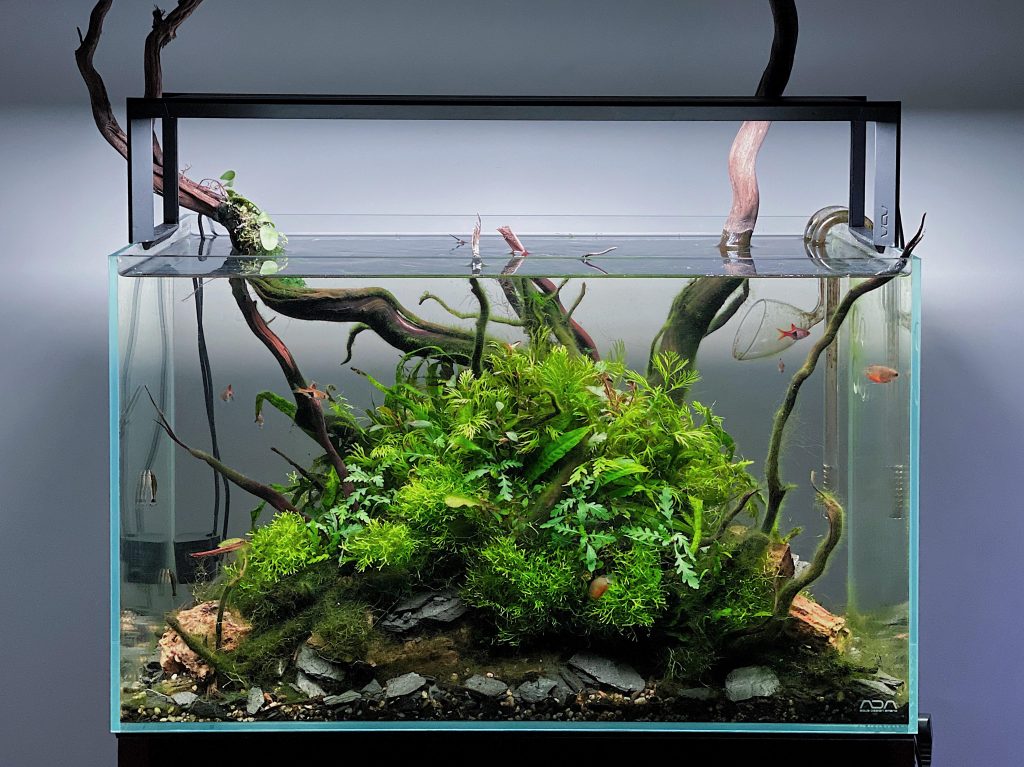
Step 2. Water preparation.
Before pouring it is necessary to prepare water. Tap water is not good for this. (Many books have been written about how to maintain an aquarium, but not everyone who wants to get an aquarium bothers to get acquainted with the basics of this art.) It is necessary to create the appropriate microflora in the water by removing chlorine. To do this, pour water into buckets and basins and let it stand for several hours, or better, a day. To speed up the process, the water can be slightly heated. When the water is ready, it is necessary to carefully fill the aquarium with it without washing away the soil. To do this, lay a sheet of paper on the sand or place a saucer. Pour water through a hose from a container (bucket, basin) located above the level of the aquarium so that the water flows down smoothly. Fill with water so that another 5-6 cm remains to the top edge of the walls.
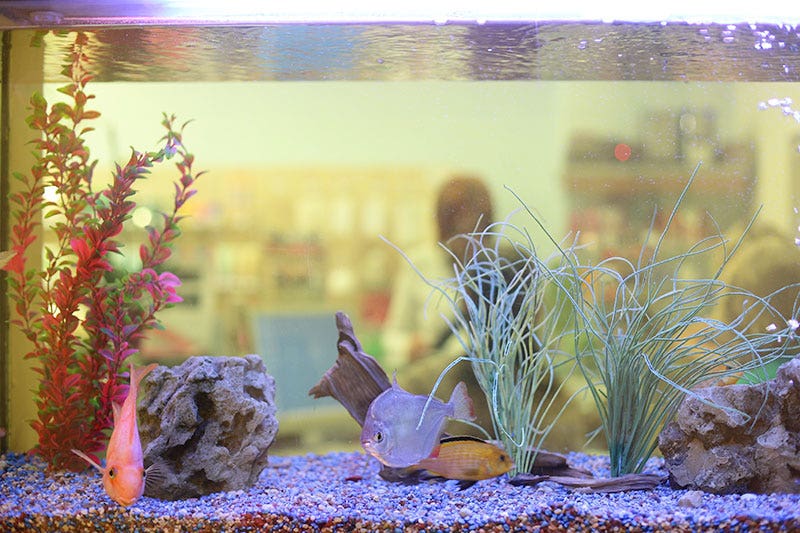
Step 3. Necessary devices for the functioning of the aquarium.
Any aquarium needs to be lit, heated, oxygenated and filtered. Three devices will cope with these functions: lamps on the lid of the aquarium, a heater with the ability to set and fix the required temperature, and an aerator or pump that will supply oxygen and filter the water.
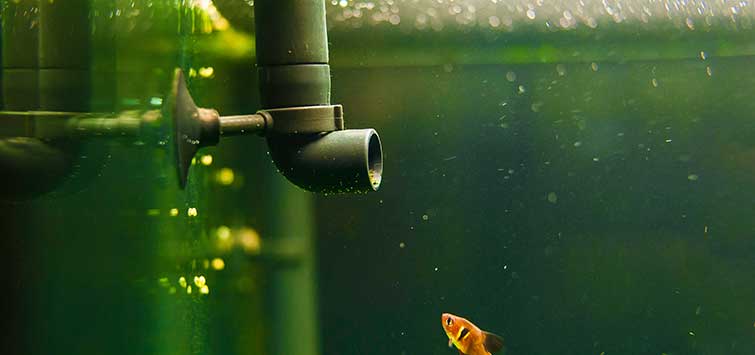
Step 4. Formation of the microclimate.
When you have poured water and filled the aquarium with plants, put a heater and aerator, you need to give it time to self-clean and level the microclimate. This will take about a week. Do not be alarmed when the water becomes cloudy in a couple of days – this is just one stage in the formation of the microclimate. After 5-6 days, the water will acquire a mirror transparency, and this will serve as a sign that it is time to launch the fish! When the question arises which fish will live in an aquarium, our fantasy can go much further than reality! Do not overdo it with aquarium inhabitants! An aquarium is not a Christmas tree or a masquerade, you should not stuff the most beautiful fish there without bothering to read about the interaction of species! It is best for a beginner to start with neon (tiny blue-red-pearl fish), guppies (unpretentious small fish of motley color with a slightly flared tail). Adhering catfish, which clean the walls of the aquarium, will become good orderlies of the aquarium.
